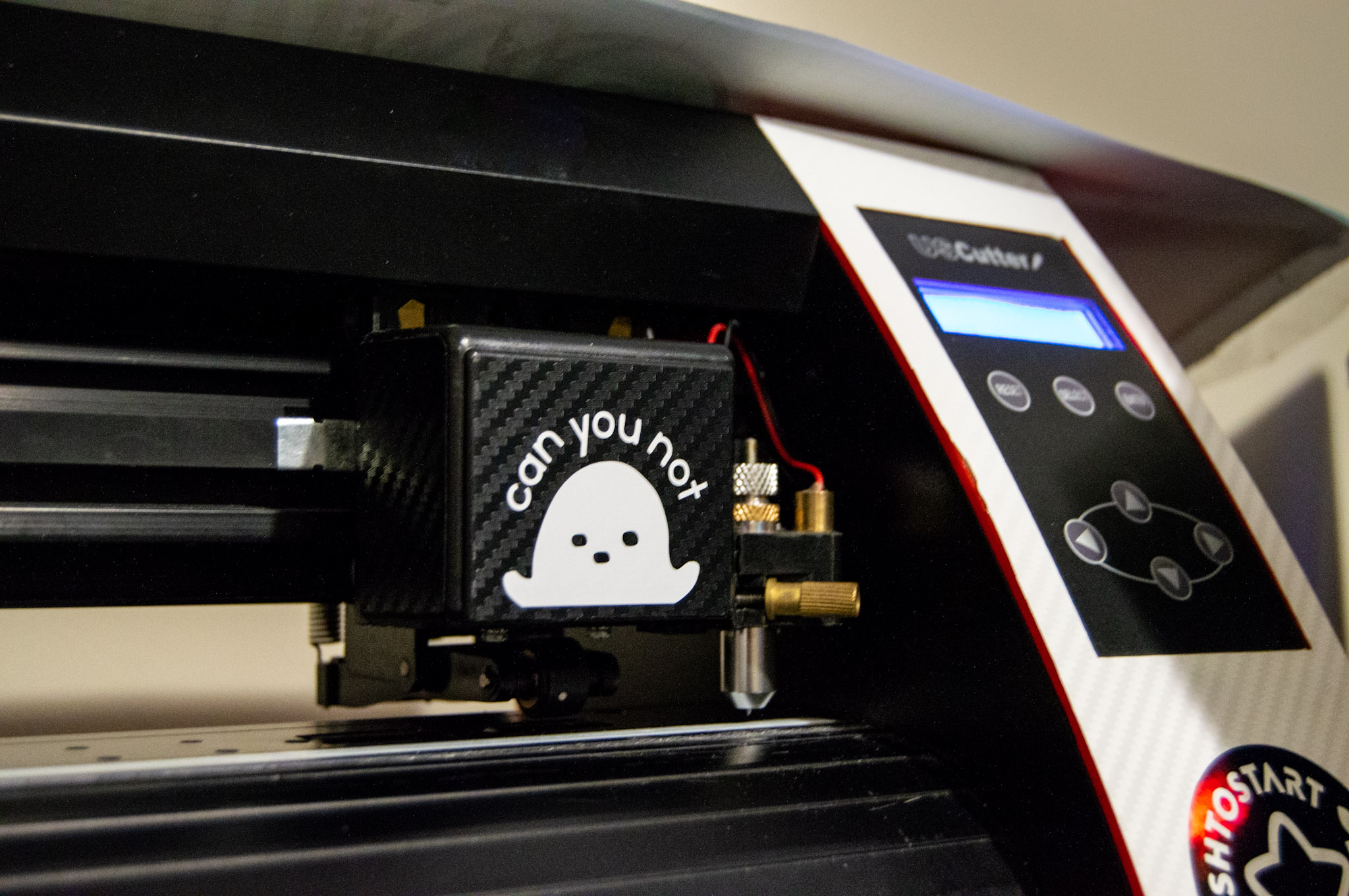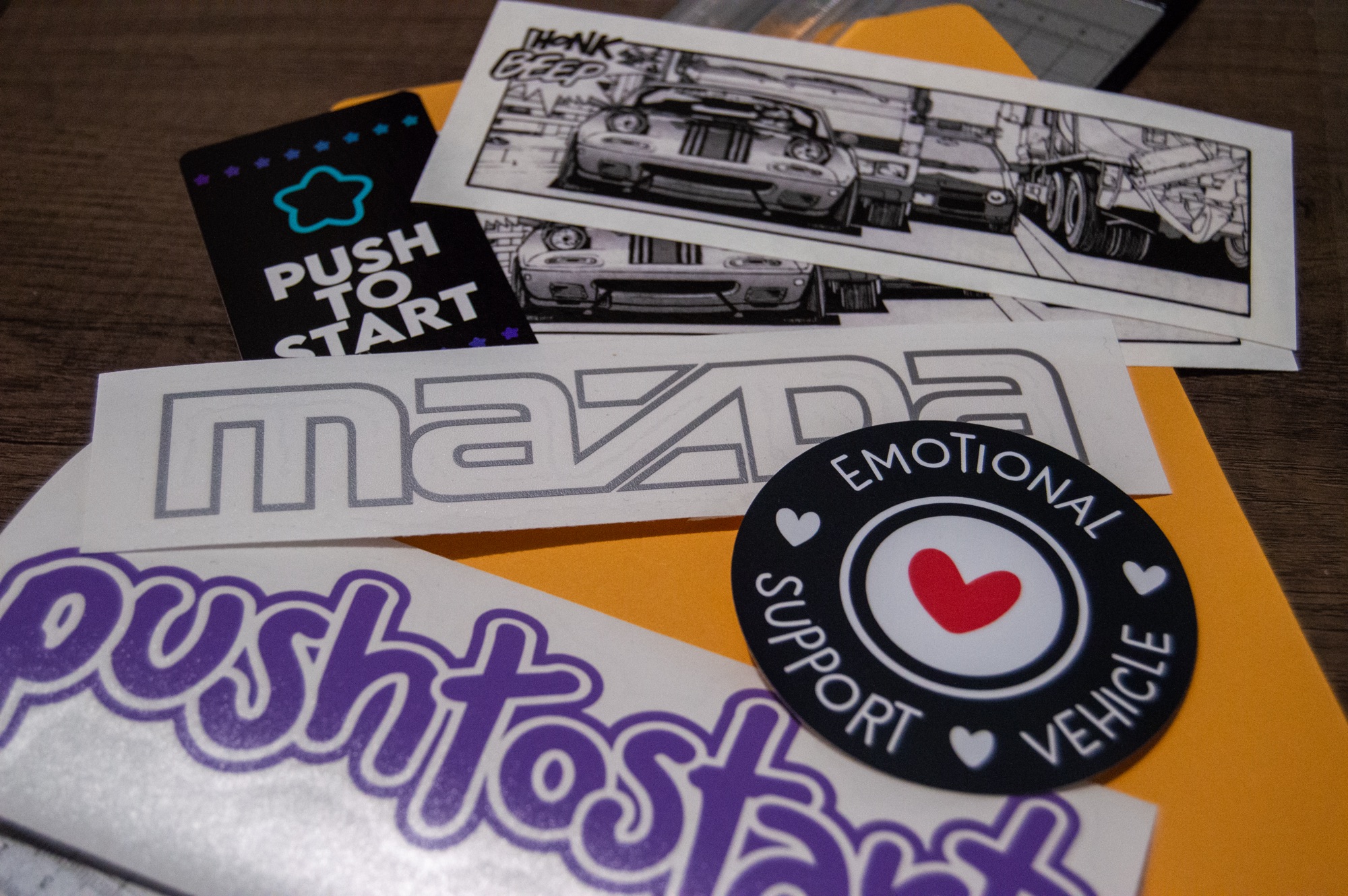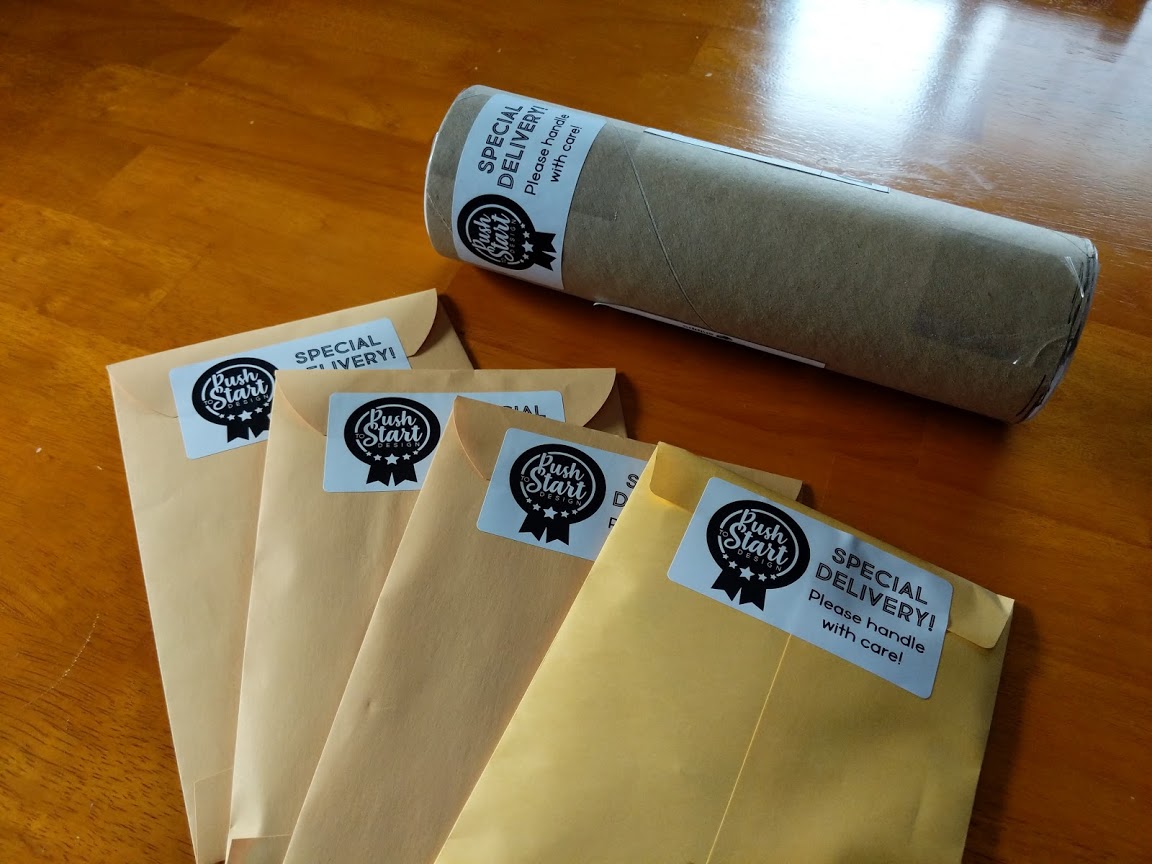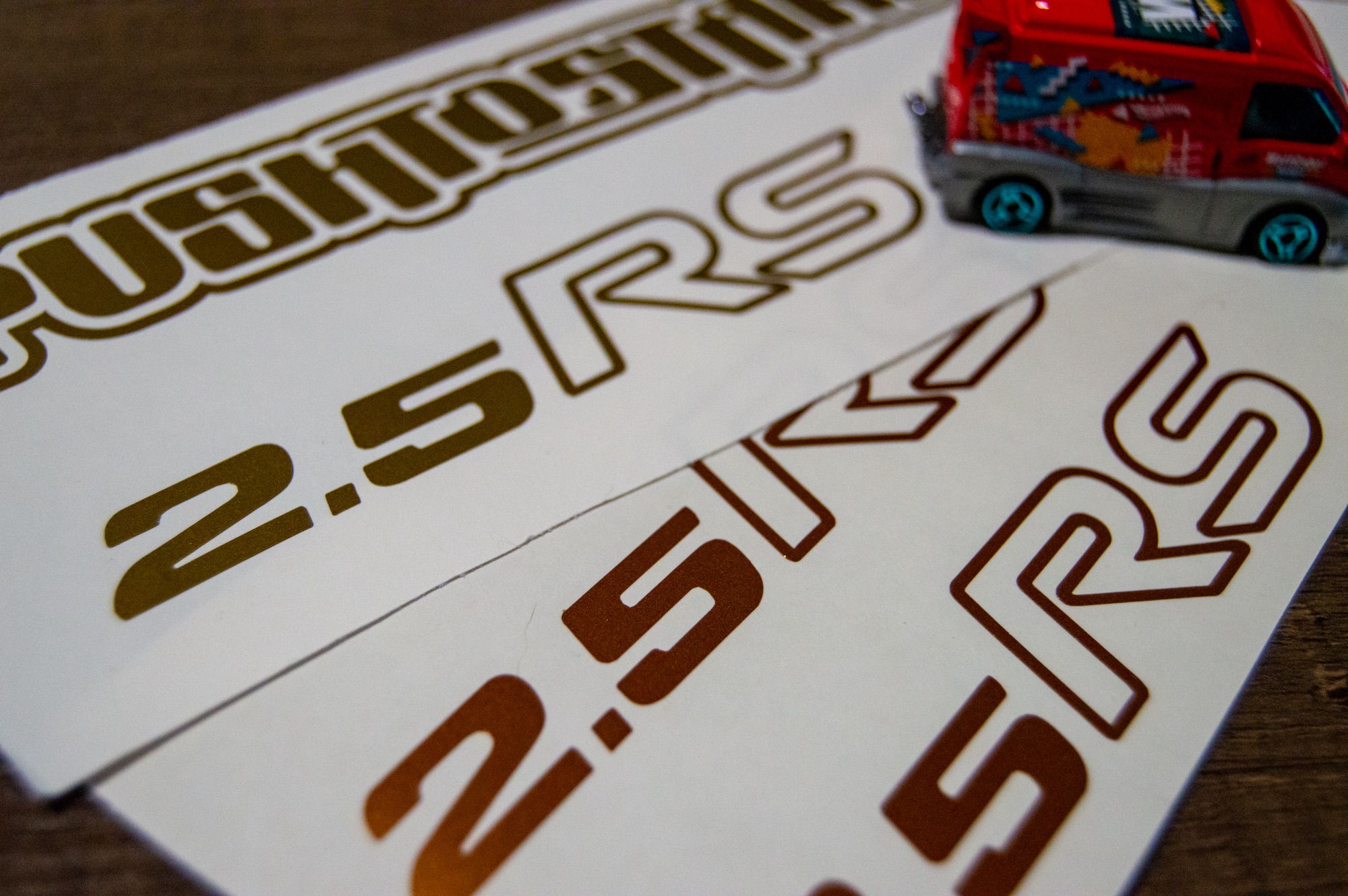This post is still a work in progress, and may contain placeholders where certain photos and images are missing.

Alright, so let’s begin.

You bought yourself a set of OEM fog lights for your NA Miata and are ready to install them, but aren’t sure how. Doing some quick research online gets you countless miata.net articles about the wiring and the switches and how installing them is “plug and play” but it’s making your head swim. Why isn’t it easier? Why didn’t your fog lights come with a harness? Where are the wiring diagrams for those of us who aren’t very good at wiring? Well, look no further, because I will do my best to display it all here – wiring diagrams that make sense and aren’t too terribly confusing. And if you have any questions or are confused by something, send me a message and I will absolutely do my best to help you figure it out!


Okay but actually, before we begin: for your viewing pleasure:




OEM-STYLE WIRING HARNESS: THE CONNECTORS
Now here’s the part you’re probably here for! You’ll probably need a harness before you go and install everything. If you already have your wiring harness ready or your own wiring guide, then you can skip right to the installing part below. Otherwise, stick around for my awesome wiring diagrams (lol) and install instructions.
Okay, so first of all, you’re probably going to need to run to your local Pick N Pull or Pull-Apart to harvest a series of plugs/connectors. Here are all of the connectors that I needed to pick up:


The grey 2-pin connectors I found from 90s and early 00s manual transmission Subaru’s – it’s the reverse light switch connector, which is located on the passenger side of the engine bay underneath the air filter box. They sit next to a redish-brown connector which is the exact opposite orientation and did not fit the oem connector on my fog light (if your fog light does not have this connector, pulling the brown connector might be easier than finding a second grey connector). You may also find a similar connector on top of an AC compressor. PLEASE NOTE: my fog lights did not come with the OEM connector, so your fog lights might have different connectors than mine! Yours may have the “Sumitomo 2-position DL” connector, which I’ve learned is the name of the OEM plugs. If yours do not have any connectors at all, any 2-pin connectors that you find can work.


The 4-pin white connector is merely for the relay that I decided to use, which is an OEM-style relay, but any relay works. You could use a store-bought square relay with matching connector, just make sure you’re getting a 4-pin relay to match this guide.

The 2-pin white connector, which I like to call a T-plug, can be found on nearly anything in any engine bay. We happened to find a Miata at our Pick N Pull and grabbed it from there. You can bypass this step if you would prefer less plugs in your setup, but it was in Jesse’s OEM harness so I included it in mine as well. You only need one (but both sides of the connector).
The 6-pin connector is for the single button fog light switch. If you have the dual fog light/defroster combo switch, then you do not need this connector and can skip this part. This connector is the same as the plug for the tail lights from a Miata, and that’s where I got mine from. You only need four of the pins on this connector. You can also use insulated butt connectors if you cannot find this connector but I didn’t go this route.

The 3-pin blue connector should already exist in your engine bay! It is the plug that covers your timing light hot wire. If you don’t know, this wire can be found behind the driver’s side headlight. You’ll just need to add a pin, which you can pull from your 6-pin connector if you find one that has more than 4 pins, or you can find another random connector to de-pin that includes the female spade. Alternatively, if you struggle to de-pin connectors or are simply missing that blue cap, you can use an insulated female spade connector. I recommend insulated 100% of the time because that wire is hot in your engine bay when the key is on, and you don’t want it flopping around and accidentally arcing on something. You can ignore this step if you decide to send a wire to your fuse box on the passenger side (but it’s definitely easier to use the timing light plug).


The last two connectors are a male bullet connector and a ground connector. I used an open spade connector for my own wiring, but Jesse wanted a ring terminal for his, so that’s up to your discretion. The male bullet connector is very important though!
Now don’t forget your wires! If you are wiring this up from scratch (like I did for my own harness), you’ll need at least red and black wire. Jesse’s oem harness had red/yellow, black, and green wire, so I included a green wire in my own harness for consistency. This is not necessary if you can keep your wiring straight, but my diagram below will include this green wire.
If you’re good with a soldering iron, then make sure you have enough heat shrink for all of these connections you’re about to make. Otherwise, grab your favorite butt connectors and crimps, and get ready to run to the store for more!

Please keep in mind that these connectors are all optional! You can easily make this harness yourself with any other 2-pin or so connectors, or bullet splice each wire yourself! You can also hardwire the wiring if you don’t like connectors or don’t want to find the connectors that I recommend. Also, some fog lights may have differing connectors, so keep that in mind when you begin your search.

OEM-STYLE WIRING HARNESS: THE HARNESS

Now THIS is what you’re really here for, right?
(WIRING DIAGRAM FOR HARNESS)
Basically, you need to send power to the relay, which will send power to the fog lights when switched open. And the fog lights and the relay need to be grounded to function. Basically. And your on/toggle switch wired (if you’re adding a switch instead of running the OEM switch), which we’ll deal with in the next section. I strongly recommend adding an inline fuse, but there was not one in Jesse’s OEM harness, so I did not include one in mine (but it is in the diagram in case you wanted to add one).
Now, how should you route it? Now THAT is entirely up to you, but here’s how I recommend: the connectors for the fog lights fit nicely between the radiator and the chassis, so shove them thru the little gap that’s there and leave them hanging out of the mouth of your bumper momentarily. You may need to remove your radiator cooling panel (if applicable) to make this part easier, but it is not required. The wiring from the connectors to the relay can route nicely next to the headlight motor – and if you have power steering, tucks very nicely around the power steering reservoir. I personally tucked the relay itself underneath the protruding bracket where the blue timing light plug is and used a zip tie to secure it, but you can also use the little hole with a 10mm m8 bolt to mount your relay if it’s a square style or has a mounting hole (this location may be occupied by your cruise control unit if you have it, and there should be another option nearby to use instead). The white 2-pin connector can easily be tucked through the hole in that same bracket to hide along the fender as you tuck it back towards the brake master cylinder and clutch master. And it’s routed!

Now, where does it all plug in? Well, you already know the blue timing light plug needs to be routed back to the timing light connector, but what about the ground and the male bullet connector? I grounded my harness where the cruise control usually mounts (I deleted my cruise control years ago); Jesse unbolted the relay box next to the brake master cylinder and tucked his ground very neatly at that mounting point. Now the bullet connector is a difficult one. You see this little plug:
This plug is wired stock in EVERY NA Miata* (*to my knowledge, it might not be in early 89/90 cars), but it’s tucked and taped to the harness with some blue tape. I pulled off the tape to make the connector easier to access, and just plugged the bullet in there. It’s a green/yellow wire that leads directly into the cabin to the defroster/fog light connector – and that’s where you’ll find your switched power! You don’t have to worry about running ANY wires into the cabin, because they’re already run for you from factory! Isn’t that handy?
MOUNTING AND INSTALLING THE LIGHTS THEMSELVES
So, you’ve got these fog lights in your hands; where do they mount up? Every NA Miata chassis has the holes ready for the oem fog lights, you just have to discover them. If your Miata has been in a front end collision like mine has, they might not be perfectly straight and may require some slight pulling/pushing to straighten it out.
There are two mounting points: one plastic screw that holds the bumper and radiator air guide, and one 10mm m8 bolt that will need to be removed and replaced with a slightly longer bolt. In installing both my and my boyfriend’s fog lights, the oem bolt that was used could not be threaded – it was too short. Just run down to your local hardware store and get one that is 10mm longer (or search thru your handy bolt bucket of spare nuts and bolts like I did) and you’re set.
(PHOTOS OF PLASTIC SCREW AND SIDE BOLT, AND OEM SIDE BOLT + LONGER BOLT)
Now, the plastic screw is a different story. Jesse’s fog lights came with the oem captive nut bracket + bolt, which made mounting where the plastic screw goes much easier. Mine did not, so I needed a nut and bolt combo. Another 10mm m8 bolt with a matching nut and washer is all you need. I found it was easier to use a catch nut so that you don’t have to try fitting a wrench or ratchet in there. I also found that it was easier to reach my fingers up over the bumper and hold the nut from above than trying to fit my hand in from the bottom (doing it this way will require you to temporarily remove your radiator cooling panel if you have one, although I recommended removing it anyway to route your wiring when you get to that point).
(PHOTO OF CATCH NUT + BOLT + WASHER)
Just tighten those bolts up, plug those suckers in, and hop into your cabin for the switch wiring!
WIRING THE SWITCH
Now, of course, if you have the dual/combo switch, you don’t need to worry about this part. But if you have the single-button switch, or a toggle switch of your own, this part will be helpful to you. Please take full advantage of my diagrams:
(DIAGRAMS PLS)
The way that I would recommend wiring this for a permanent solution is with vampire/t-taps, or de-pin and cut/solder new connections. I personally have a bunch of extra wiring and pins and connectors laying around, so I made a temporary jump system for both my and Jesse’s set-ups. I also will be obtaining the dual/combo switch sometime in my future, as I have a hardtop with defroster (and a dimmer switch, and power mirrors, and a NA6 dash swap, so space is limited). This way does not require cutting or modifying the harness in any way, but is a lot harder to achieve without the right pins, so I’d just recommend the t-taps (unless you do not have defroster, in which case butt connectors or solder can do you just fine).



This part did require some trial and error, as I do not have any information on the exact pins of the single-button switch.

Also, one thing to note about this wiring: the fog lights work with the parking lights on. Most cars only allow their fog lights to turn on with the headlights, not the parking lights. I’m not sure why this functions this way, but I’m not complaining – this was how I planned to rewire it, and I’m very glad that I didn’t have to figure that out too! However, the button itself only lights up when the headlights are on, which is how it’s supposed to work. I have not yet figured out a fix for this. Edit 1/2024: In hindsight, I believe that I may have swapped two wires by accident, and that’s why it worked this way. Still not complaining though.
(PHOTO OF JESSE’S SWITCH AT NIGHT)
IF you are running a simple toggle switch instead of an OE-style switch, you merely need to connect the power and ground wires to your toggle correctly and send it.

Now you have all the tools at your disposal to wire up some fog lights for your Miata. They don’t even have to be the oem ones! You can use this as a guide to wire in ANY fog lights, theoretically! Just don’t forget relays and fuses, and always be cautious when doing anything electrical! Make sure your battery is disconnected – safety first – and that you have a voltmeter available just in case (maybe double check that some wires go hot before you disconnect your battery?).
BIBLIOGRAPHY
And if you don’t believe me, or need additional information, here are the resources that I used to figure all of this out, including screenshots/photos from chats that I had with other people (not available online).
Defroster/Fog Light Combo Switch Installed > https://forum.miata.net/vb/showthread.php?t=249462










